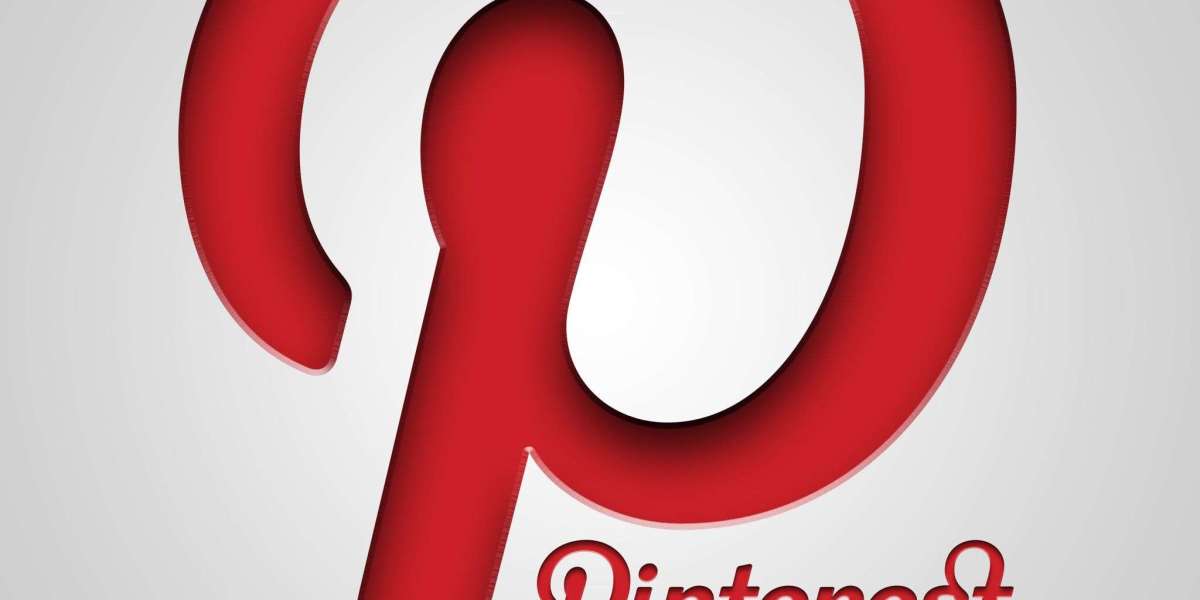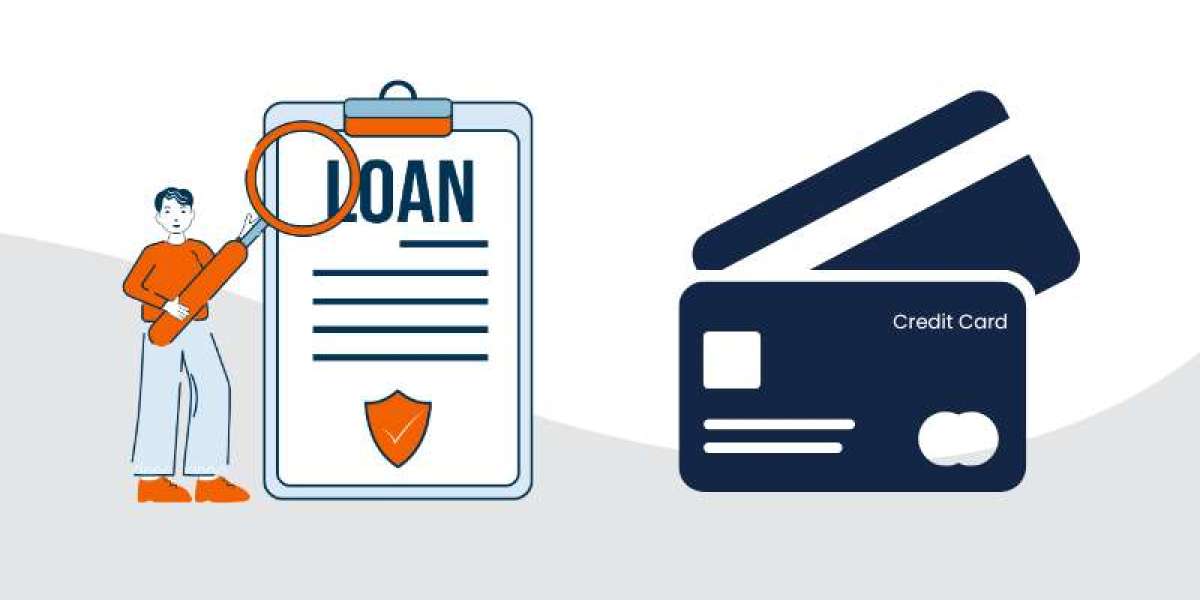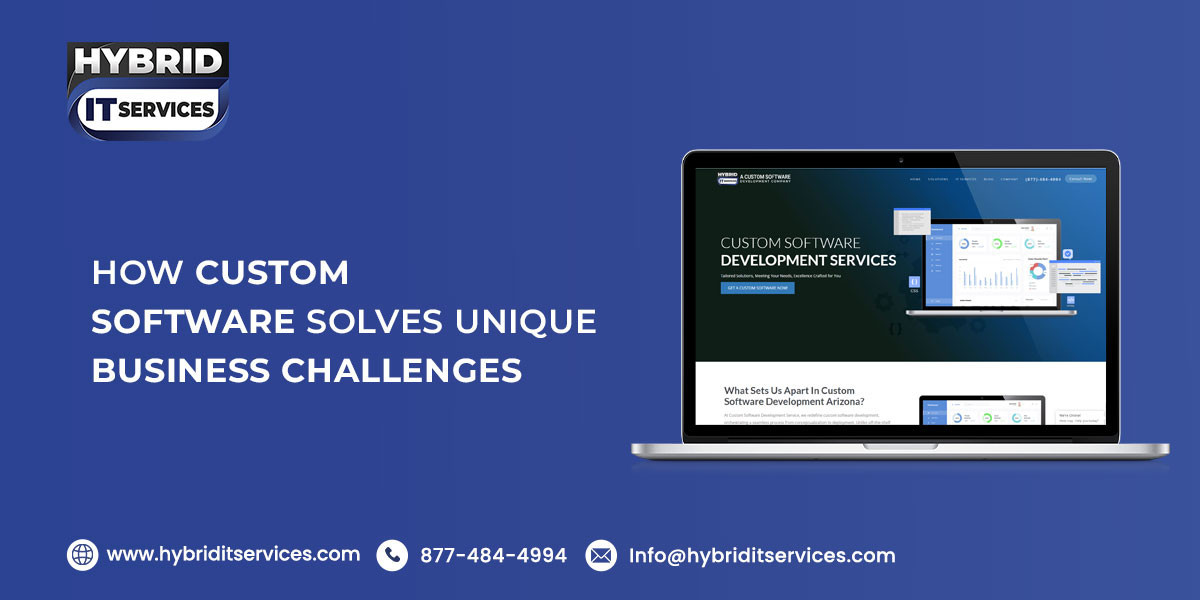If you’re a blogger looking to grow your audience, you’ve probably spent hours tweaking SEO, posting on social media, and trying to get noticed in a crowded digital space. But there’s one platform that consistently flies under the radar — yet has the power to drive thousands of clicks to your blog each month.
That platform is Pinterest.
Often misunderstood as just a hub for DIY projects and recipes, Pinterest is actually a visual search engine — and more importantly, it’s a goldmine for bloggers. Especially if you’re just starting out, Pinterest is a powerful platform for new bloggers who want to drive consistent traffic without spending money on ads.
Here’s how you can turn Pinterest into a traffic engine for your blog — and why now is the perfect time to start.
Why Pinterest Works So Well for Bloggers
Pinterest isn’t like Instagram, TikTok, or Facebook. It’s not about followers, likes, or going viral overnight. Pinterest is about content discovery. People go there to search for ideas, solutions, and inspiration — much like they do on Google. This makes Pinterest incredibly valuable for content creators, especially bloggers, because it connects your content with people actively looking for it.
Unlike other platforms where posts disappear within 24–48 hours, a well-optimized pin can continue driving traffic for months or even years. That makes Pinterest a long-term asset for your blog, not just a fleeting promotion tool.
Pinterest: A Platform for New Bloggers
If you’re new to blogging, getting noticed on search engines can take months, and social media often feels like shouting into the void. That’s where Pinterest comes in. It’s an ideal platform for new bloggers because:
It levels the playing field: You don’t need a huge following to get traction.
Your content lives longer: Pins have a longer shelf life than social posts.
It’s keyword-driven: Just like SEO, but faster to see results.
It drives highly targeted traffic: People are already searching for what you’re writing about.
Whether you're blogging about parenting tips, travel hacks, mental health, fitness, or budget recipes, Pinterest can put your content in front of the right people at the right time.
Step 1: Set Up a Pinterest Business Account
To get started, switch to or create a Pinterest Business account. This unlocks features like analytics, rich pins, and the ability to claim your website.
After setting up your account:
Add a clear profile photo (preferably your face or logo).
Write a keyword-rich bio that explains who you are and what your blog is about.
Claim your blog so Pinterest can recognize you as the source of your content.
Step 2: Create Niche-Specific Boards
Boards are how you organize your pins, and they tell Pinterest (and your audience) what your blog is about. Start by creating 5–10 boards that match your blog’s categories. For example, if you run a health and wellness blog, your boards might include:
Healthy Breakfast Recipes
Easy Workout Routines
Mindfulness and Meditation
Mental Health Tips
Natural Skincare DIYs
Use relevant keywords in your board titles and descriptions to help them appear in search results.
Step 3: Design Click-Worthy Pins
Pinterest is visual, so your pin design matters. You don’t need to be a graphic designer — tools like Canva make it easy to create beautiful, branded pins quickly.
Key tips for creating effective pins:
Use vertical images (1000x1500px).
Include your blog post title on the image.
Use clear fonts, bright colors, and your brand elements.
Add a call to action like “Read More” or “Click to Learn.”
Each pin should link directly to a relevant blog post. Make sure your blog post has value, is easy to read, and encourages visitors to explore more of your site.
Step 4: Use Keywords to Get Discovered
Just like SEO, Pinterest relies heavily on keywords. Use them naturally in your:
Pin titles
Pin descriptions
Board titles
Board descriptions
Profile bio
You can find relevant keywords by typing in the Pinterest search bar and seeing what autocompletes. Those are the terms real users are searching for.
For example, if you type “budget travel,” Pinterest might suggest “budget travel tips,” “budget travel Europe,” or “budget travel hacks.” Use these suggestions to guide your content and pin strategy.
Step 5: Be Consistent with Pinning
Pinterest rewards consistency. Aim to pin fresh content several times a week. You don’t need to pin hundreds of times a day — just make it a regular habit.
You can also use scheduling tools like Tailwind to plan your pins in advance. This helps you maintain a steady presence without having to log in every day.
Repin your own blog content using different graphics and titles to appeal to various keywords and audiences. Variety helps you reach more people while staying within your niche.
Step 6: Monitor and Improve
Use Pinterest Analytics to see which pins are performing well. Look at clicks, saves, and impressions. Which blog posts are getting the most traffic? What design style or keywords seem to resonate?
This data helps you fine-tune your content strategy. Double down on what works, and don’t be afraid to experiment with new formats or topics.
Final Thoughts
Pinterest is one of the most powerful (and underutilized) tools available to bloggers, especially those just starting out. It’s a platform for new bloggers who want to gain visibility, build an audience, and drive consistent traffic without spending a dime on advertising.
By setting up your account strategically, designing scroll-stopping pins, and optimizing for keywords, you can turn Pinterest into a true traffic engine for your blog.
So, instead of waiting months for SEO to kick in or trying to crack the Instagram algorithm, give Pinterest a real shot. You’ll be surprised at how quickly it can grow your blog — and your brand.


